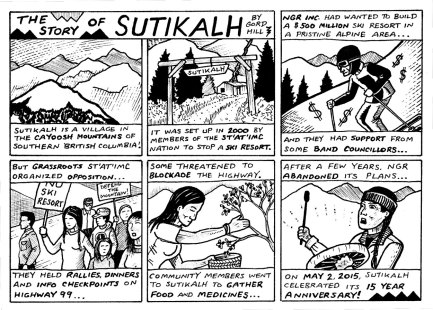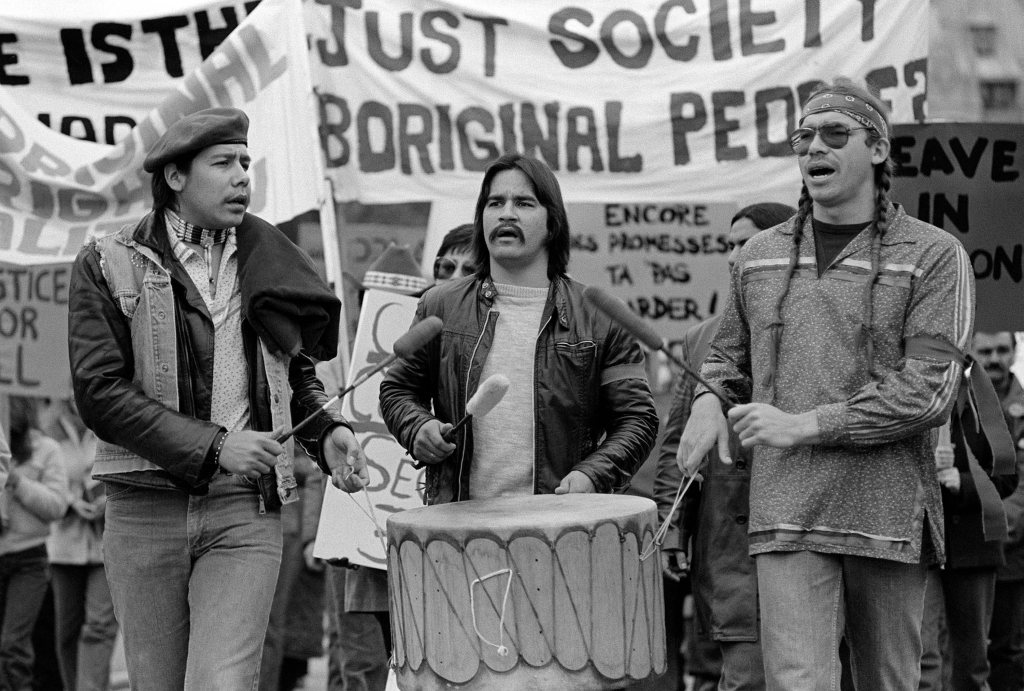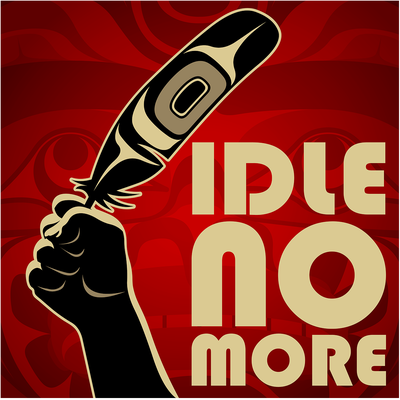
nalaatsi_BG
Unit 4 examines historical and contemporary Indigenous rights & resistance movements, as well as examples of Indigenous organization, mobilization, and resistance throughout BC’s history.
First, we need to do a bit of background research to understand where we are now and how far we’ve come in terms of Indigenous rights and resistance movements.
ACTIVITY 1: Indigenous peoples all across Turtle Island (and BC specifically) have resisted colonial forces since contact. Gord Hill’s “500 Years of Resistance” graphic novel provides an accessible (and fun!) overview of many of the Indigenous resistance movements of the last few centuries. Take a look through the graphic novel (we have several copies) OR you can access the online version here: The_500_Years_of_Resistance
Choose one particular resistance movement. In a paragraph write a quick overview of the conflict.


ACTIVITY 2: There are a series of developments in the province from the early 1900s onward that set the stage for many of the Indigenous rights and resistance movements today. Locate the following events and organizations in Chapter 8 & 9 of your textbook. Take a few quick point form notes (2 points each):
ACTIVITY 3: A number of significant court cases in the 20th century have shaped the current legal framework for Indigenous-settler relations. Fill out the following chart as you learn about these cases: court cases.

ACTIVITY 4: The Oka Crisis aka Mohawk Resistance was a pivotal moment in modern Indigenous-settler relations. Watch the video below for an overview.
 |
ACTIVITY 5: Idle No More. The most prominent resistance movement in recent Canadian history is Idle No More. Do some research online (YouTube videos, news articles, etc.) and answer the following questions:
|
ACTIVITY 6: First Nations society today & the struggle for self-governance. Refer to chapters 12 & 13 in your textbook to complete the worksheets here: Chap 12-13
Online version of the textbook here: BCFNS 12 Textbook